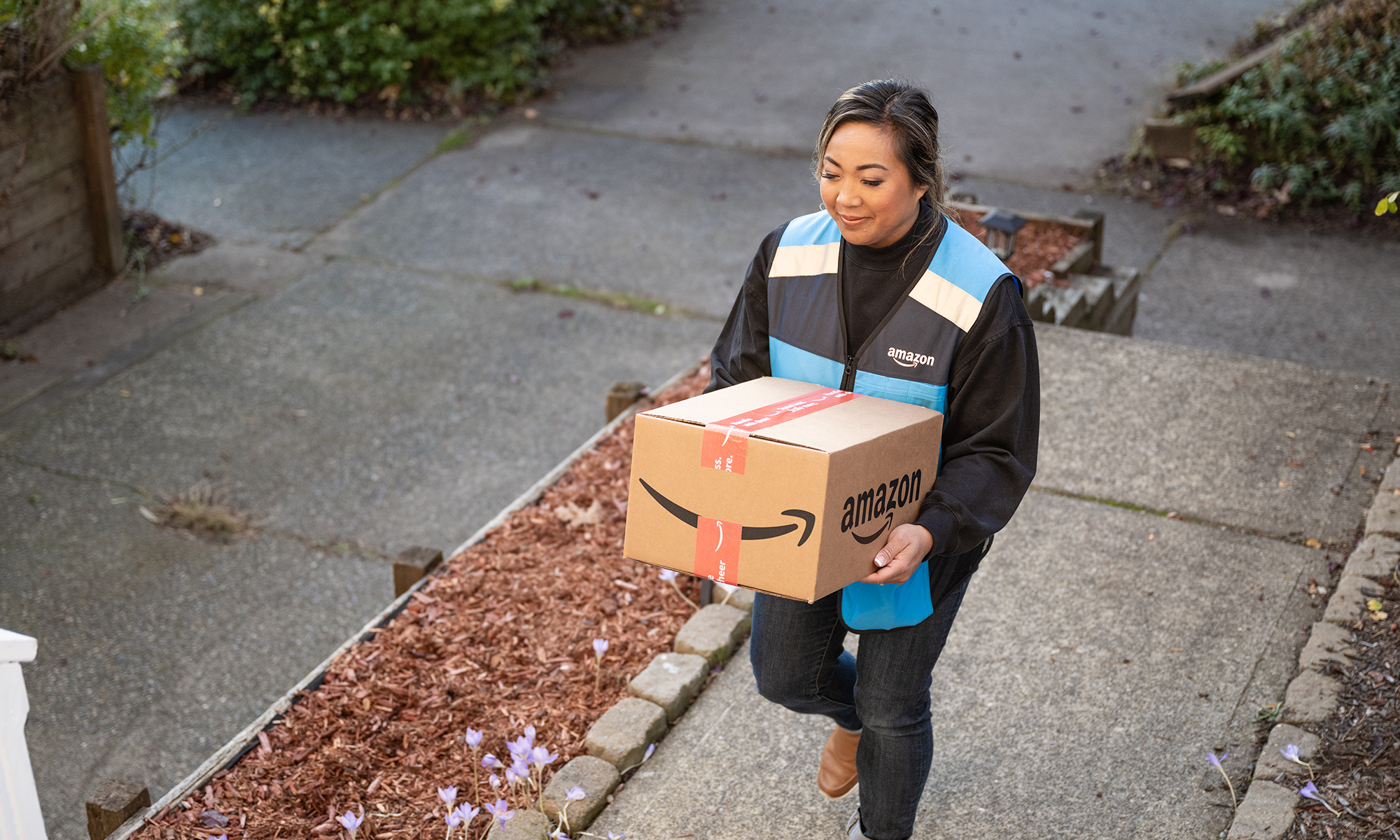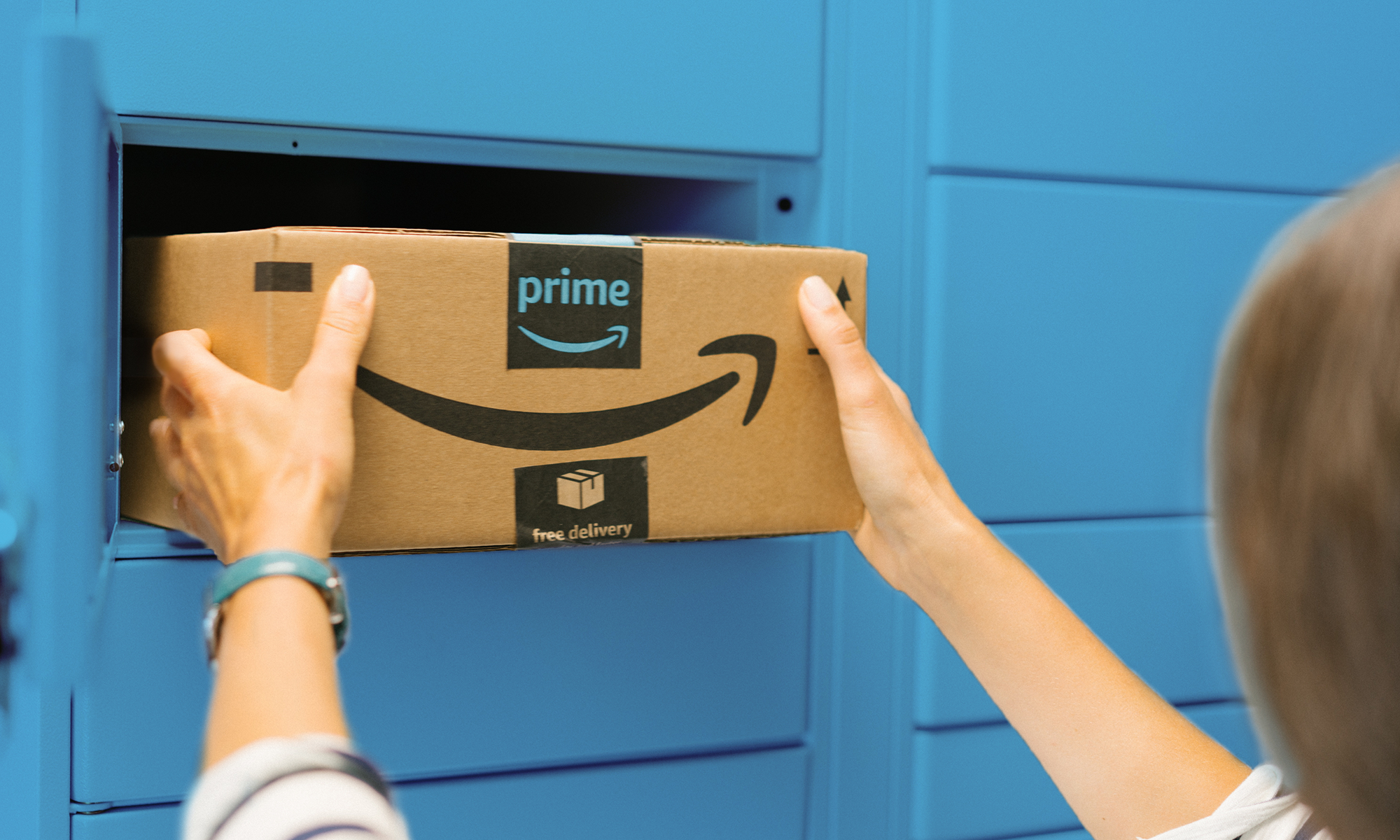R.I.P., Dash button, we hardly knew you. Or needed you, for that matter. The Amazon.com (AMZN +1.72%) device that allowed you to reorder individual products at the touch of a button is no more.
The e-commerce giant says it has stopped selling the device as consumers have numerous other, better ways to order things. From virtual Dash buttons built into numerous appliances to Alexa-enabled Echo smart speakers, a physical dongle for every item you may want to order became superfluous.

Image source: Amazon.com.
Mini billboards for marketers
Launched in 2015, the Dash button was always more gimmicky than useful. Initially free, but then sold for $5 each, the Wi-Fi-enabled device was tied to a single product, like laundry detergent or diapers, though there were hundreds of items with their own button. When Prime members needed to order more of something, they pressed the button to place the order through their Amazon account.
A notification was sent to the member's phone so the order could always be canceled, and it only responded to the first button push, preventing the kids from ordering you hundreds of boxes of Tide pods if they got hold of the device.
Consumer product companies undoubtedly loved the Dash button, as it featured a brand logo or brand name of the product and served as a constant piece of advertising hanging in your home. But beyond perhaps one or two critical items, the buttons were a contrivance because no one was going to have dozens of Dash buttons strategically located around the house. I mean, is Hershey chocolate a consumer essential that needs a priority rush placed on an order (your dietician may want a word with you if you answered, "yes")?
Check out the latest earnings call transcript for Amazon.
The Dash button is dead, long live the Dash button
Despite the physical Dash button's demise, virtual ones live on. Amazon says there are tens of millions of products you can add to your Dash button dashboard online. As a clever bit of marketing, it highlighted the breadth of Amazon's capabilities in making the online shopping experience a seamlessly, easy one.
For example, the order page for that box of Hershey assorted candy bars you were jonesing for not only has a link to a virtual Dash button, but also to a subscription button, too. You can have a box delivered as often as once a month without ever having to push a Dash button again.
Moreover, Amazon turned the Dash button into a service manufacturers could incorporate into their products and their apps. From its own Basic microwave oven that lets you reorder popcorn by pressing a button to a Whirlpool smart washer that automatically reorders laundry detergent when you're running low, Amazon makes shopping more convenient.
The key takeaway
Yet the real future of online shopping may be voice commerce. eMarketer estimates that shopping via smart speakers hit $2.1 billion in 2018. Though this is less than half of a percent of all U.S. e-commerce sales, most of these voice sales likely came from Amazon, as the company remains far and away the leader in smart speakers.
The Dash button was a bit of whimsy, to be sure, but it shows how Amazon.com is single-minded in its focus on ways of making it easier to get you to part with your money.






